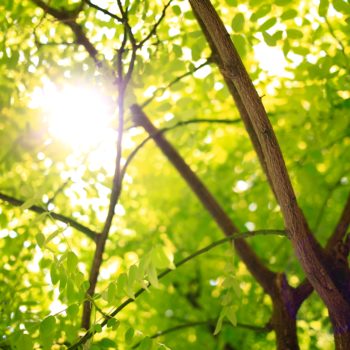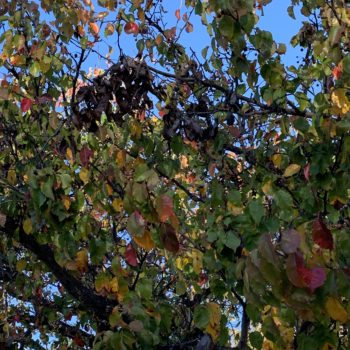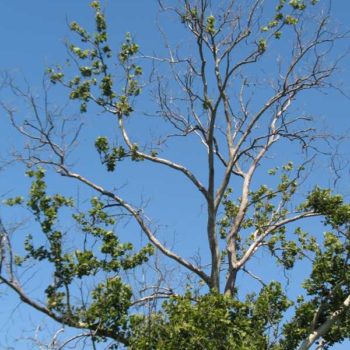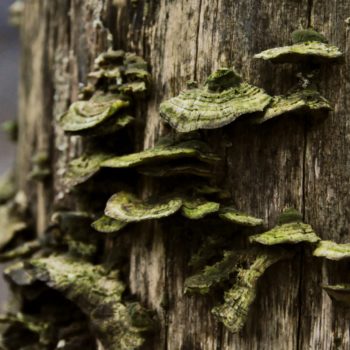Part I: Why Health Care?
“Health care” is not a term many people associate with trees. True, most commercial property managers have a line item in their budget for tree maintenance, but this is typically expected to go towards trimming, removals or planting. So why do arborists talk so much about tree health care? Very simply, because it is the best way to care for tree populations and keep customers’ properties looking beautiful.
- Healthy trees make a property more attractive
- Lush, beautiful properties retain more tenants
- Preventative care can lower the cost of your tree maintenance by reducing the amount of trimming and tree removals needed on the property each year

Part II: What Health Care?
Now let’s talk about some of the targets of plant health care:
Pests
These are all those creepy, crawly, sometimes cute bugs that attack your trees. They are usually worse in spring when plants put out their tender (and delicious) new growth. Common pests in our area are aphids, adelgids and psyllids.
Bacterial Infections
In many cases, the bacteria will enter the tree through a wound or be vectored by an insect to a blooming flower, and may remain dormant until the next growing season. When the infection is in full force you might notice clusters of brown, dead leaves. Untreated infections can lead to severe defoliation and even tree death. Bacterial infections we encounter frequently are Fire Blight, Anthracnose and Fusarium wilt.
Fungal Infections
Unlike the previous issues that become most visible in spring, fungal infections appear in the fall when they are coaxed out of hiding by seasonal rains. Though infection remains present in the tree even when there are no visible signs, the fungal fruiting bodies may begin to appear at various points along the roots and trunks of trees. It’s important to leave these intact until an arborist can make an assessment and prescribe treatment.
Fertilization
PHC isn’t always about fighting something back. Fertilization is one example of proactive health care, the arborial equivalent of taking your daily vitamin. We have found fertilization to be especially helpful with queen palm where the fronds tend to yellow without proper nutrients. In exceptionally poor soil, the condition can worsen to the point of becoming fatal. Regular fertilization can create a brilliantly green canopy and make a noticeable difference in the aesthetic beauty of a property.


Part III: When Health Care?
As you can see from the list above, health care concerns attack trees at different times of year depending on how the ailment is spread, how it enters the tree, and exacerbating environmental factors. All this information may seem overwhelming, but your arborist will be happy to work with you to create a PHC schedule that exactly fits your unique tree population, concerns and budget. It’s time to get healthy trees!





